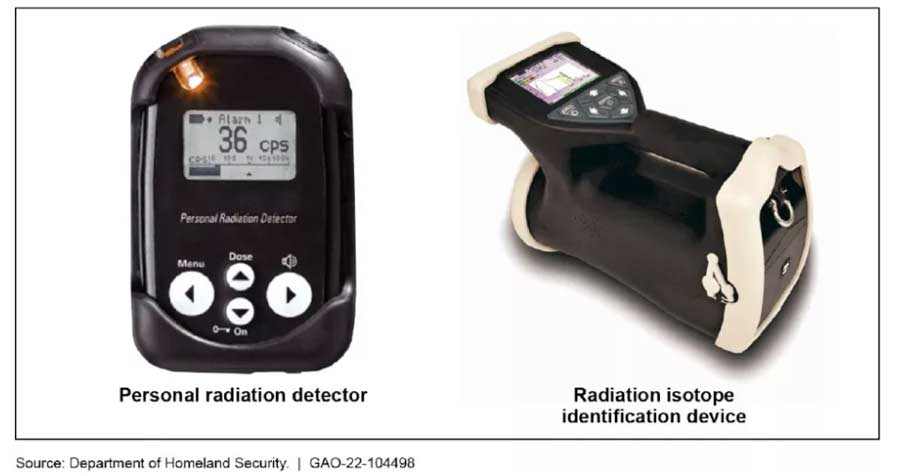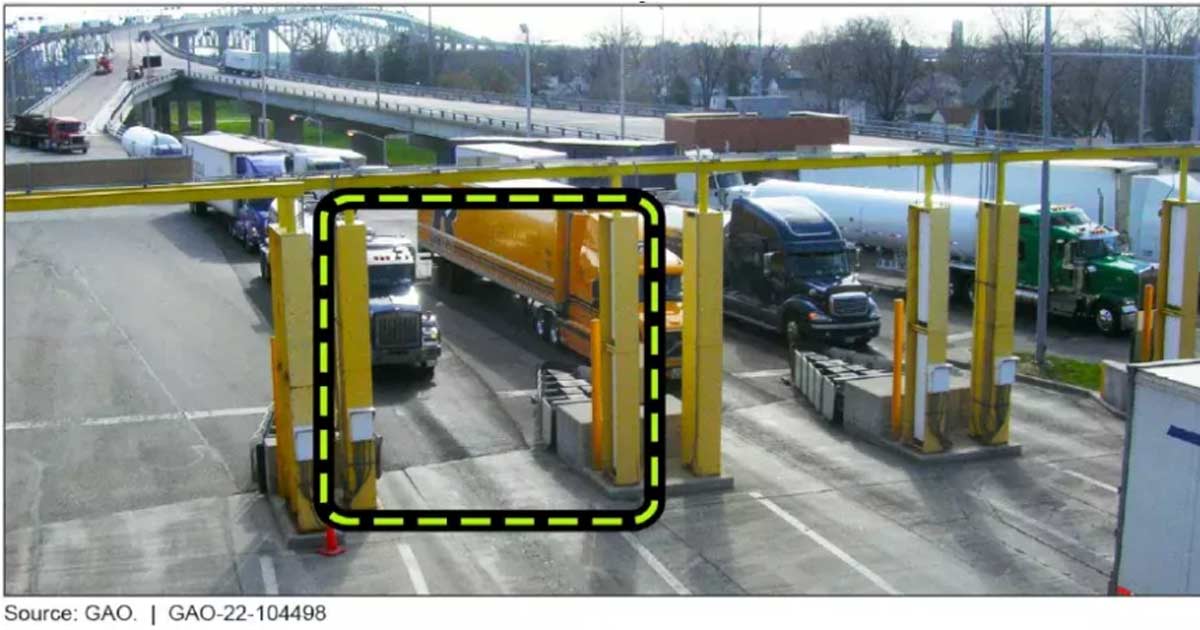In 2018, the Department of Homeland Security set up its Countering Weapons of Mass Destruction Office. This office merged several DHS offices and efforts with the goal of improving the department’s coordination of federal and state-level preparation to counter WMD threats.
In a recent WatchBlog post, the Government Accountability Office looked at its new report on what efforts CWMD uses to combat weapons of mass destruction and how it could improve its efforts.
CWMD has several methods for detecting potential threats coming into the country. For example, radiation portal monitors scan the more than 100 million vehicles passing through U.S. ports annually, looking for elevated levels of radiation.
However, these monitors are often triggered by naturally occurring radiation in consumer goods. For example, granite and some fertilizers emit radiation. In part to reduce nuisance alarms from benign materials such as these, CWMD plans to replace existing monitors with new ones.

In October 2016, DHS officials told GOA that the new monitors would reduce nuisance alarms by up to 99% and would be in use by 2020 — as of the latest report, the completion date has moved to 2024. Moreover, U.S. Customs and Border Protection officials who operate the portal monitors told GOA that they are concerned that the replacement monitors may not help solve the nuisance alarm problem, citing high rates of nuisance alarms in tests of prototype replacements.
As a result, GOA recommends that CWMD reassess its strategy for acquiring radiation portal monitors, in coordination with its partners at U.S. Customs and Border Protection.
GOA also talked to CWMD’s partners in 15 state and local jurisdictions to see how well CWMD serves their needs. These partners said that CWMD provides them with equipment, such as handheld radiation detectors, and coordinates specialized training to respond to WMD events.
For training purposes, the HazSim platform can replicate radiation readings these handheld detectors would register on an actual call.
Some partners said that CWMD did not have sustained communication with them, and that communication with some partners had ceased entirely since 2018. CWMD has communication and outreach plans for how it interacts with states, but GOA found that these plans did not specify how often CWMD would convene its partners in each of the threat areas under its responsibility.
In its new report, GOA recommended CWMD clarify its plans for convening state and local partners in all the threat areas under its responsibility, which could help ensure that these partners are prepared to respond to WMD threats.
Original post – Copyright © 2022 HazmatNation.com. Externally linked references may hold their own independent copyright not assumed by HazmatNation











